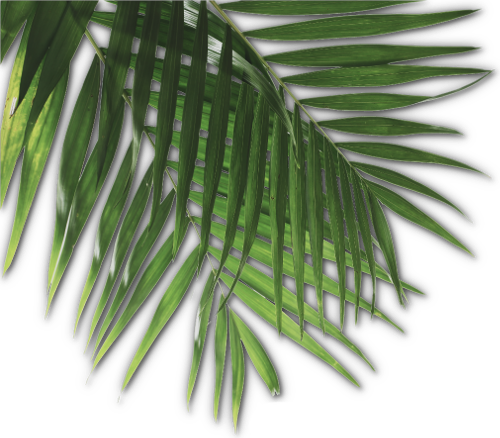The Lahaina Banyan Court Park is located in the port of Lahaina town on the west side of the Hawaiian island of Maui. Lahaina was once the capital of the Kingdom of Hawaii from 1820 to 1845 and this park was originally built in 1831 on the site of the Old Lahaina Fort.
When New England whaling ships began to arrive in Hawaii in 1819, many anchored in Honolulu and Lahaina during the reign of Kamehameha III (1825–1854). These whaling ships shaped the entire Hawaiian economy and were a source of income for the islands. Most repairs were done in Honolulu but captains preferred mooring off Lahaina because of easy access to fresh supplies and roads into town. A kapu, the ancient Hawaiian Code of Conduct, banned women from going out to ships for the purpose of prostitution. This infuriated the sailors and they turned their frustrations on the American missionaries. They blamed the missionaries for this strict moral law. Because the whalers opposed any rules governing alcohol and prostitution, and manipulating the Kingdom of Hawaii to enforce such rules, they rioted with violence. The Old Lahaina Fort was originally built in 1831 to protect the town from these rebellious sailors.
Visiting Maui in February 1832, just months before she died, Queen Kaahumanu encouraged the construction of the new fort. With the Queen’s help, Hoapili, the Royal Governor of Maui, built the fort on the Lahaina waterfront. The fort, completed within a month, was constructed from coral blocks with walls 15–20 feet high. The fort was topped with 47 cannons but then was demolished in 1854 and a courthouse was erected on the site.
William Owen Smith, then sheriff in 1873, planted a banyan tree in
the courtyard square. This was to commemorate the 50th anniversary of
the first American Protestant mission in Lahaina. The banyan tree has
become the biggest banyan tree in the State of Hawaii. It is also one
of the largest banyan trees in the United States.
Get discount tickets for Royal Lahaina Luau.
